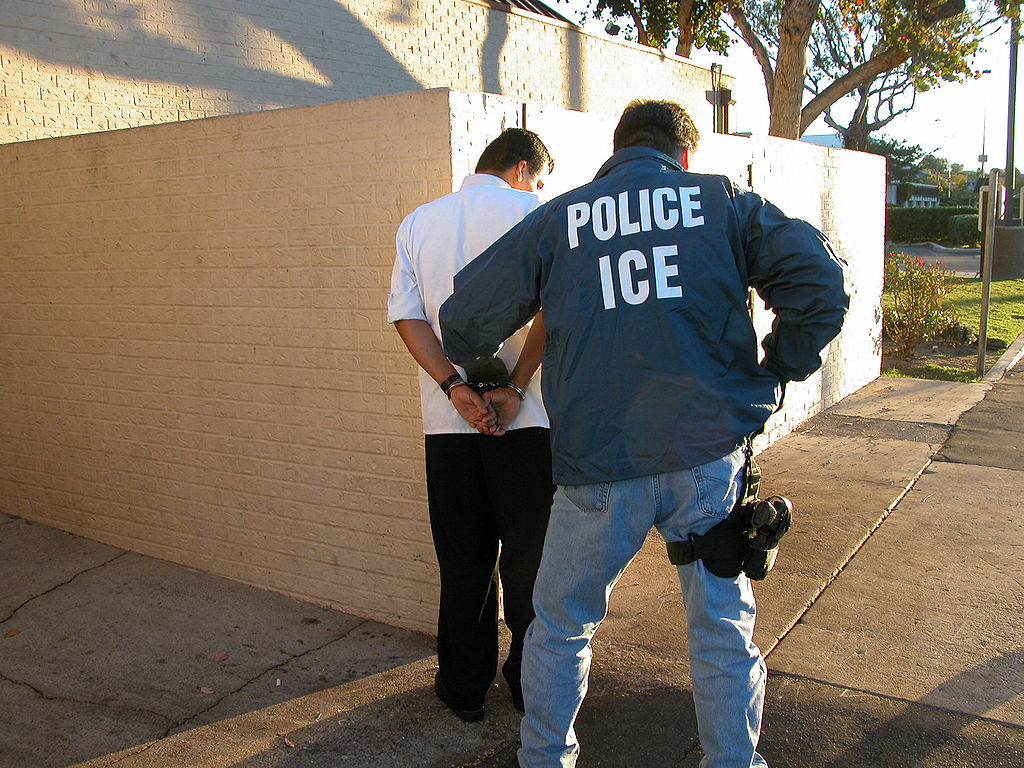10 Years Ago WHO Faked A Pandemic
from Humans Are Free:

Vaccines have helped mankind to tackle the dire threat of infectious disease for more than a hundred years.
They have become key tools of public health and scientists are charged with developing them as quickly as possible to combat the emergence of new diseases such as Zika, SARS, Ebola and Coronavirus.
But why are growing numbers of parents all over the world now questioning the wisdom of having their children vaccinated? Why have public-sector vaccine producers been sold off?
And can we trust the multinational corporations that increasingly dominate vaccine development and production?

In this controversial book renowned author Stuart Blume discloses that many of the most influential advisers, at both World Health Organisation (WHO) and national levels, are paid consultants to the vaccine industry raising a very serious question – that the WHO might be working for the vaccine industry’s interests and not the people – the reason why 10 years ago WHO faked a pandemic.
In recent years, there have been more and more warnings that a pandemic as deadly as that of 1918 is imminent.
In 2009 HIN1, the strain that really worries virologists, returned. Though it was an HINI virus, it was not identical to the HIN1 virus involved in the 1976 ‘epidemic’.
Analysis showed that it was a new strain of H1N1, formed by an existing blend (the proper term is ʻreassortment’) of bird, swine and human flu viruses, further combined with a pig flu virus, thus leading to the term ‘swine flu’.
The virus seems to have emerged in Veracruz, in Mexico, which is why it also acquired the name ‘Mexican flu’.
The Mexican government closed down most of the city’s public facilities in an attempt to halt the spread of the virus, but it nevertheless spread around the world.
Unlike most strains of influenza, and to the surprise of epidemiologists, this virus was found disproportionately to infect younger adults rather than the elderly.
In June 2009 the WHO declared the outbreak to be a pandemic. This decision was based not on advice from its permanent vaccine advisory committee (known as the Strategic Advisory Group of Experts, or SAGE), but on the advice of an emergency committee, the names of whose members were not made public at the time.
The announcement of a pandemic automatically triggered the conditional orders for vaccine that rich countries had already placed with vaccine manufacturers.
The governments of many European countries ordered two doses for every inhabitant, amounting to hundreds of millions of doses, costing hundreds of millions of euros.
Fortunately, or unfortunately, by the time the bulk of the vaccine orders had been delivered the number of cases was already tapering off.
In the summer of 2010 the WHO announced that the pandemic had ended. The virus had been far less deadly than experts had predicted. Estimates of how many people died from this HINI epidemic vary widely (from ten thousand to some hundreds of thousands) and have been disputed.
What does seem clear is that most deaths occurred not in Europe but in Africa and Southeast Asia. In the event, most of the vaccine was unused, as it had been bought by the world’s more affluent countries and had often arrived when the epidemic was past its high point.
Countries that had not been able to push themselves to the front of the queue
no longer had an interest in purchasing surplus vaccine.
Millions of doses, which would be of no value in combatting a future influenza epidemic (and which some critics claimed had not been properly tested for safety) had to be destroyed.
Fierce debate followed, with critics claiming that the WHO had exaggerated the danger, spreading fear and confusion’ rather than ‘immediate information’. Committees of enquiry were appointed to investigate decision-making at the WHO and national levels.



